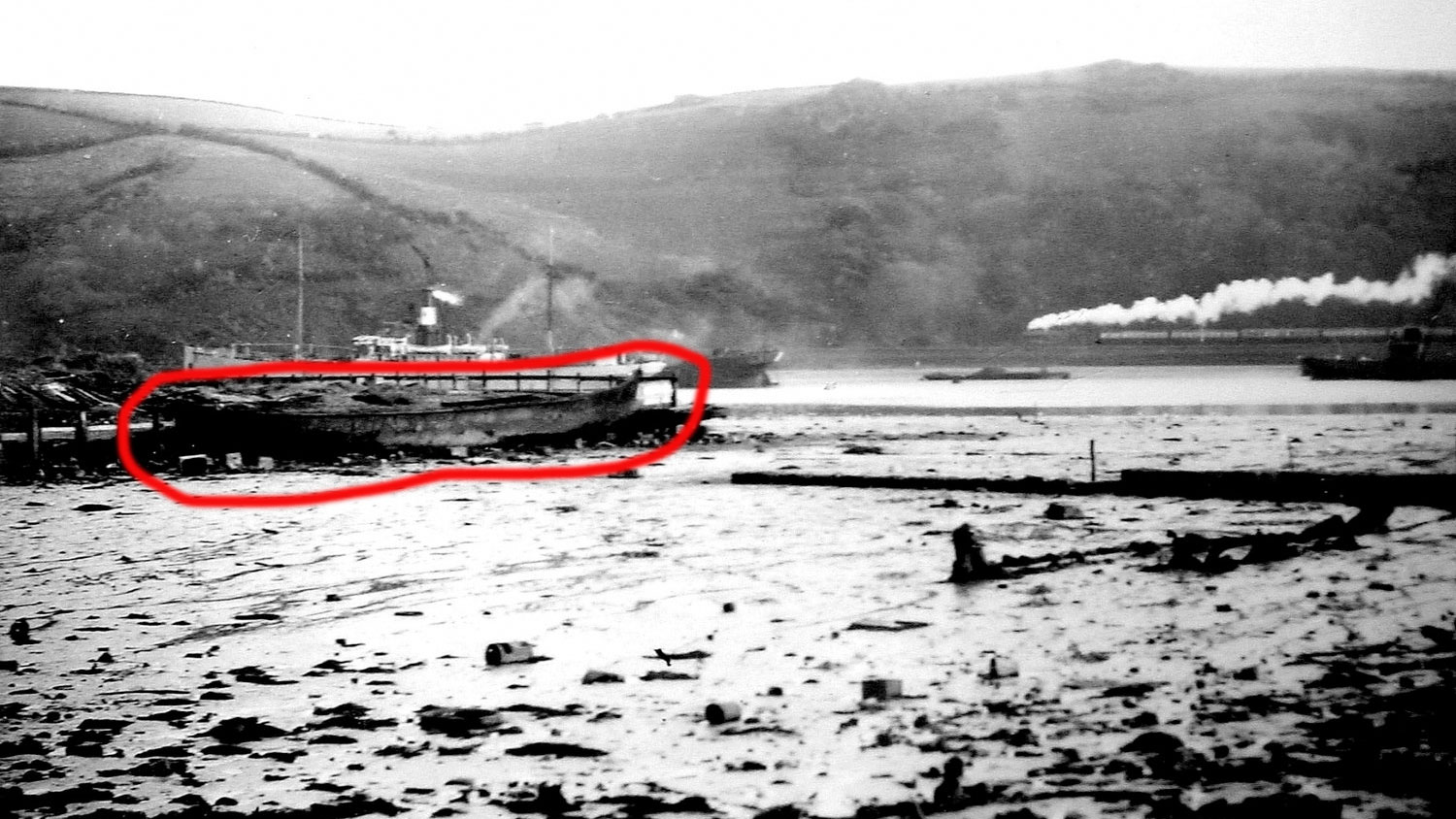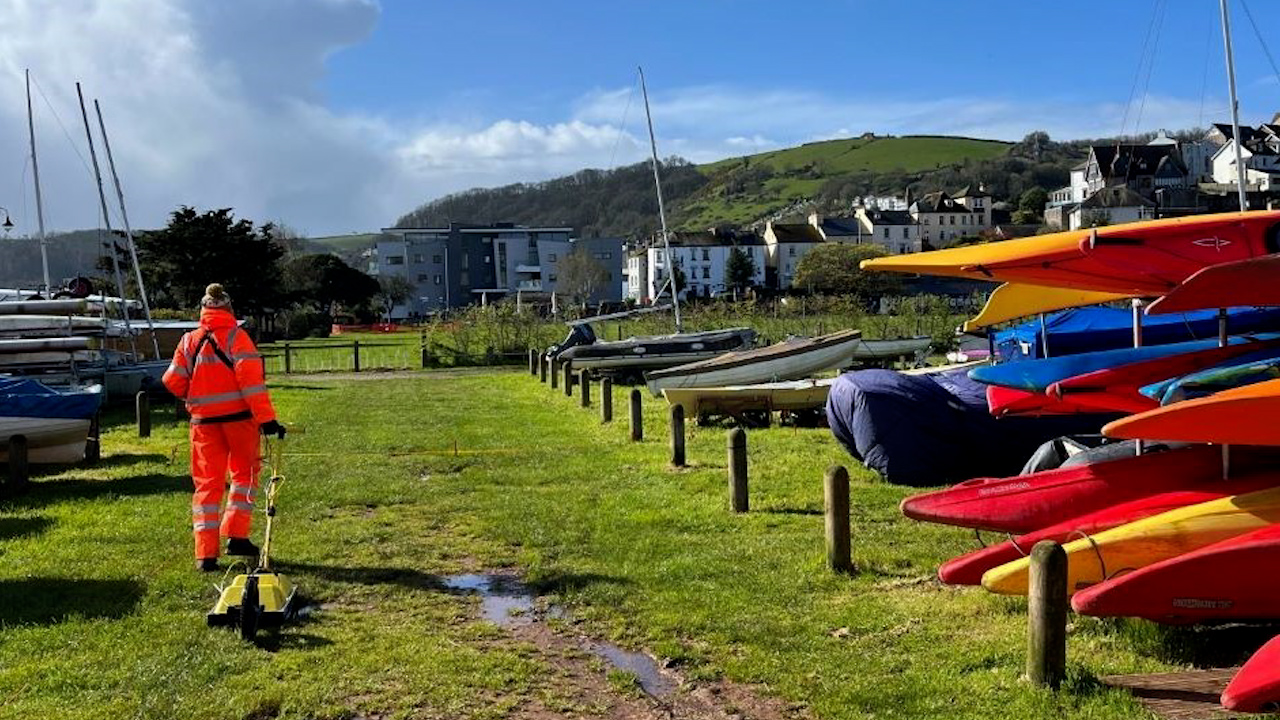
University experts back Navy officer's theory on whereabouts of lost WWI submarine

Experts believe they have located the missing World War One submarine E52 buried beneath a public park in Dartmouth – the same place a Royal Navy officer believed she might be.
Two experts from the University of Winchester have been hunting for the mysterious submarine and they believe they have located it in Dartmouth's Coronation Park.
The submarine's location has been a popular myth in the town, and Royal Navy officer Lieutenant Tom Kemp, from Britannia Royal Naval College, already suspected it was in that location.
David Ashby, who manages the university's soil laboratory, and Simon Roffey, a Reader in Archaeology who is also an ex-submariner who served for five years in O Class subs in the 1980s, have been hunting for the lost vessel and believe they have located her.
The pair used the university's ground penetrating radar (GPR) to locate E52, although their results are not definitive yet.
Last year, Lt Kemp also identified the spot in Coronation Park as a potential resting place for the submarine, which had fuelled a local legend for nearly 100 years.

Lt Kemp said: "It's been my personal hobbyhorse for the better part of the past year.
"Confirming the final resting place of one of His Majesty's Submarines – and a pretty successful one at that – would serve to remind and reiterate that our naval heritage is all around us and can often be clawed back from obscurity.
"Our time and energy could scarcely be better spent."

It was thought that during E52's fourth year of service, in 1921, she was sent to the breakers' yard at Coombe Mud, but it is then believed the vessel was buried beneath thousands of tons of mud after the council bought the land and filled in the inlet to create the park.
Mr Roffey said: "The 'Submarine under the Park' is a local legend, and it could make a wonderful tourist attraction if we could identify its exact location.
"In addition, the University of Winchester is developing an increasing number of modules in the archaeology of conflict and this project could help with the database used for research by our students.

"We know that there was a torpedo boat there, but everyone assumed that it had been moved. Maybe it was stuck fast in the mud and they just left it there," he added.
Coombe Mud and Sandquay in Dartmouth had been used as breaker's yards for unwanted First World War warships, including at least two submarines.









